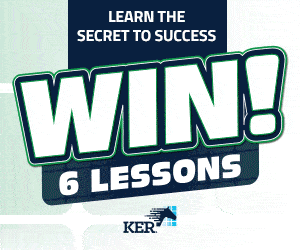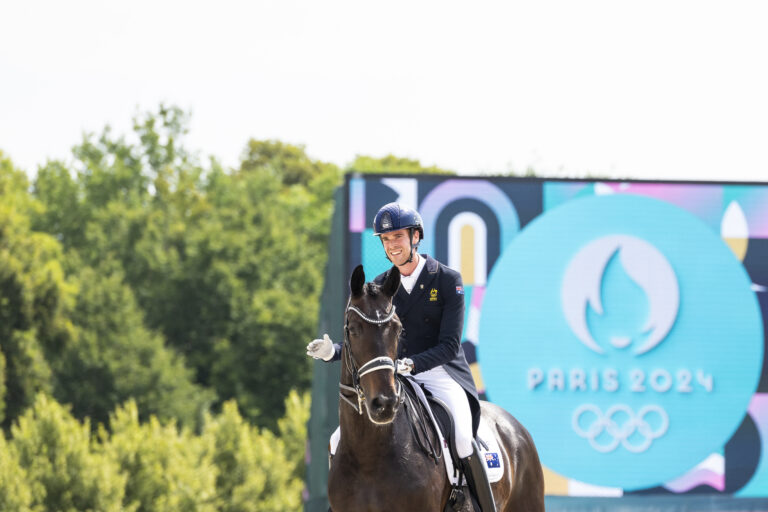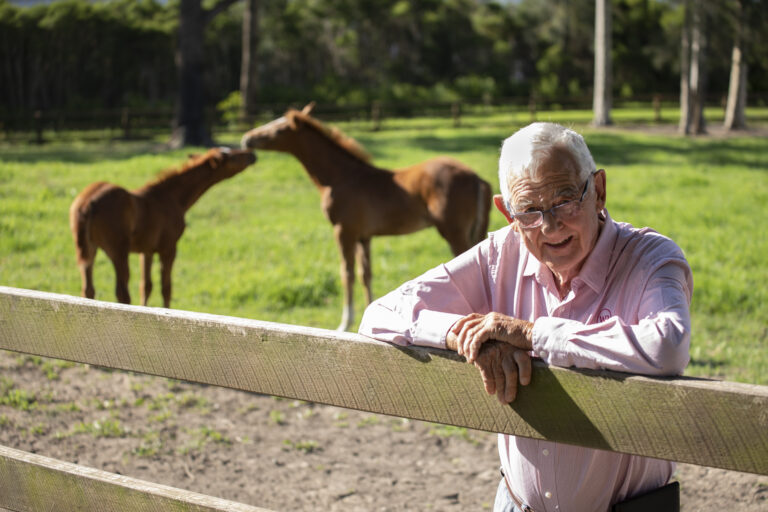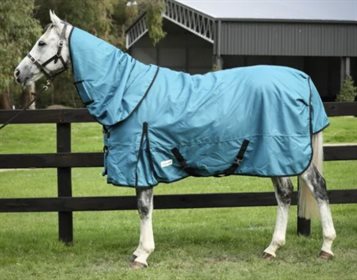Carl Hester and Hawtins Delicato at Olympia. © FEI / Jon Stroud
By Sophie Baker
The equestrian icon is full of good advice for those looking to make improvements…
British Olympian Carl Hester is arguably one of the most well-known names in the world of Dressage.
Carl has taught at clinics and demos all over the world, and with a training system which has produced countless international Grand Prix riders including Charlotte Dujardin.
Here’s a sneak peek at some of his wisdom on schooling, training, and producing horses, gathered from various clinics, demos, symposiums, and interviews.
1. Think of a magnet on your hat and the roof
At the West Coast Dressage Convention, Carl’s first ever US clinic, this was repeated a few times to different riders.
It’s meant to help you sit up taller, straighter, and improve your overall posture in the saddle. It’s a useful visual which might prevent you from hollowing or going stiff – a common problem with the usual “shoulders back” instruction.
2. Don’t buy a flashy trot
It’s a theme that you’ll see from many top Dressage riders. You have to buy a good walk and canter, but the trot is the easiest gait to improve. “Look for an overtrack in the walk, but remember that too huge a walk often means it’s not easy to collect the horse in a good rhythm.”
Carl also adds that temperament is important and he’d rather have a horse with a great temperament and movement that isn’t exceptional than a spectacular mover with the wrong temperament.
And as someone who generally buys his young horses at between ten and fifteen thousand pounds and makes them into international superstars, he probably knows a thing or two!
3. The horse should be doing the work
To be an elegant rider, the horse needs to be carrying you and doing his job. This means that as the schooling improves the rider does less and the horse does more.
“You’re not supposed to be going back to the stable exhausted,” he says! If you’re working harder than the horse, something isn’t right.
4. Don’t be scared of days off
Carl and Charlotte’s horses work four days a week. Even the Grand Prix horses. His belief is that the days off in between give the horses time to learn, but also to relax so that schooling isn’t stressful and tense.
He’s also mentioned at previous clinics that your horses will hit stumbling blocks or plateaus in their training, and suggests that you give them a break of a couple of weeks to help them recharge.
5. Warm up properly, and with a plan
Carl says that “obedience to the hand and leg must start in the warm up.” Set the tone for the rest of the ride!
The value of stretching as a tool for a good warm up is often repeated by Carl. At once clinic he mentioned that his horses always stretch in the field for 20-30 minutes before he gets on to school. The aim is for the horse to reach into the contact, remain in balance, and generate openness through the topline by keeping the energy from the hind leg. “You should be able to stretch without the horse running” he says, and getting a good, relaxed stretch will create swing and cadence.
6. Lateral work should be incorporated regularly
Lateral work is designed to make your horse supple, which is a key element of collection and impulsion. He has mentioned before that a supple horse’s rhythm doesn’t change when they do lateral work, and he recommends using lateral work often.
Renvers, shoulder in, half pass, leg yield, and travers all play a role in keeping a horse supple laterally and longitudinally. “The horse should be a gymnast,” Carl says.
Though leg yield in canter is never seen in Dressage tests, it’s regularly used in Carl’s training sessions to help develop freedom and suppleness.
7. Never underestimate the value of transitions
A recurring theme across many of Carl’s interviews, clinics, and appearances is the importance of transitions. After all, Dressage is almost entirely about transitions.
He’s been quoted as saying that you “should ride about 200 transitions a session to make the horse rideable and on the aids.”
If you’ve been lucky enough to see him in action at clinics, you’ll know that he always stresses the importance of making every transition as good as you can – whether it’s between piaffe and passage or between walk and trot.
8. Let horses be horses
Carl is known for letting his horses live a “normal” life. All of the horses go out into the paddocks, and they all go on trails or hacks too – though it’s often a groom or work rider who does this.
He also credits his vet for saying that turn out keeps the horses moving, which helps to keep them sound.
For more fantastic Dressage tips, be sure to follow the FEI’s dedicated Facebook page and website!
This article was first published by the FEI and is shared here with its permission.








